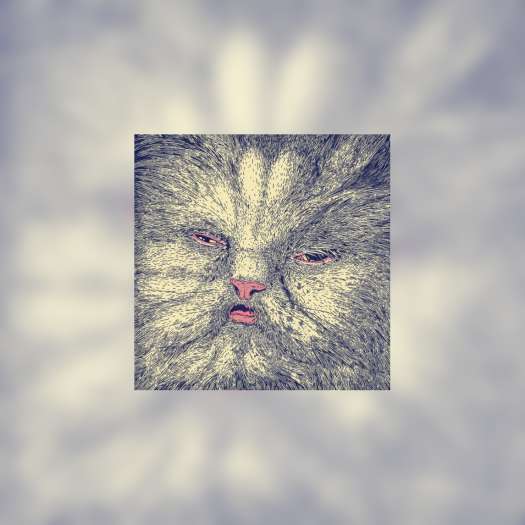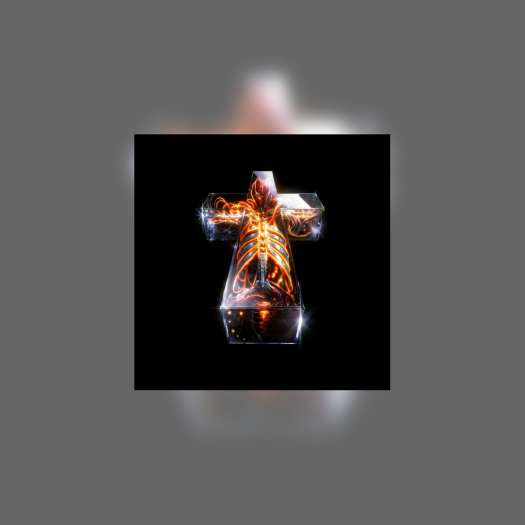Last years Kosmischer Pitch came as something of a surprise to followers of Jan Jelineks recordings. With his best work staked out on 2001s Loop-Finding-Jazz-Records, his click-techno aliases Farben and Gramm sounding more dated by the month, and his interim 2003 album La Nouvelle Pauvreté veering into middling leftfield pop explorations, it looked like Jelinek was about to fade into obscurity along with the rest of the clicks-and-cuts crew. However, Kosmischer Pitch found the Berlin producer rediscovering Krautrocks technological aspirations and that (alongside a fetish for the space rock of Cluster and Popul Vuh) provided Jelinek with a base to produce the most organic and original album of his career. As such, Tierbeobachtungen arrives as something of a companion piece to its predecessor, a six-track cycle formed out of the live equipment used for touring Kosmischer Pitch. Jelinek pushes further into loop territory, at times evoking Wolfgang Voigts Gas albums, but never giving into easily aligned influences. This is Jelinek steadfastly on his own path. Nearly a decade on, Jelinek is at the height of his talents, whereas many of his early contemporaries have fallen off (SND, Rechenzentrum) or slipped creatively (Pole, Sutekh). With Tierbeobachtungen, Jan Jelinek now stands as one of Germanys foremost musical progressives.
Can you tell me about how you found your inspiration in animal observations, and what it did for this material? I chose Tierbeobachtungen (animal observation) because its a beautiful word in German. Not very common, a bit crotchety and kinky at the same time. It gives a wide-ranging field of interpretations. The album is something like a live album: it was produced with my live equipment and demonstrates the sound I have when playing live. All tracks on this album were produced pretty fast, as results of improvisations. I didnt have a studio, and everything was built up a bit provisional.
Your work is drifting away from beats and into loop-based ambience. Given this angle, do you see a future for Farben, Gramm, or the beats of the first two Jan Jelinek albums? Farben was an approach to post-techno/house music. When I started producing music, techno was already working with fixed sound paradigms, so I tried to transform these genres on a digital platform with a digital aesthetic. A lot of producers were doing this. Now I cant see how to keep this project interesting for myself. But dont get me wrong: I dont think that beat-oriented music doesnt show some new perspectives.
(~scape)Can you tell me about how you found your inspiration in animal observations, and what it did for this material? I chose Tierbeobachtungen (animal observation) because its a beautiful word in German. Not very common, a bit crotchety and kinky at the same time. It gives a wide-ranging field of interpretations. The album is something like a live album: it was produced with my live equipment and demonstrates the sound I have when playing live. All tracks on this album were produced pretty fast, as results of improvisations. I didnt have a studio, and everything was built up a bit provisional.
Your work is drifting away from beats and into loop-based ambience. Given this angle, do you see a future for Farben, Gramm, or the beats of the first two Jan Jelinek albums? Farben was an approach to post-techno/house music. When I started producing music, techno was already working with fixed sound paradigms, so I tried to transform these genres on a digital platform with a digital aesthetic. A lot of producers were doing this. Now I cant see how to keep this project interesting for myself. But dont get me wrong: I dont think that beat-oriented music doesnt show some new perspectives.




